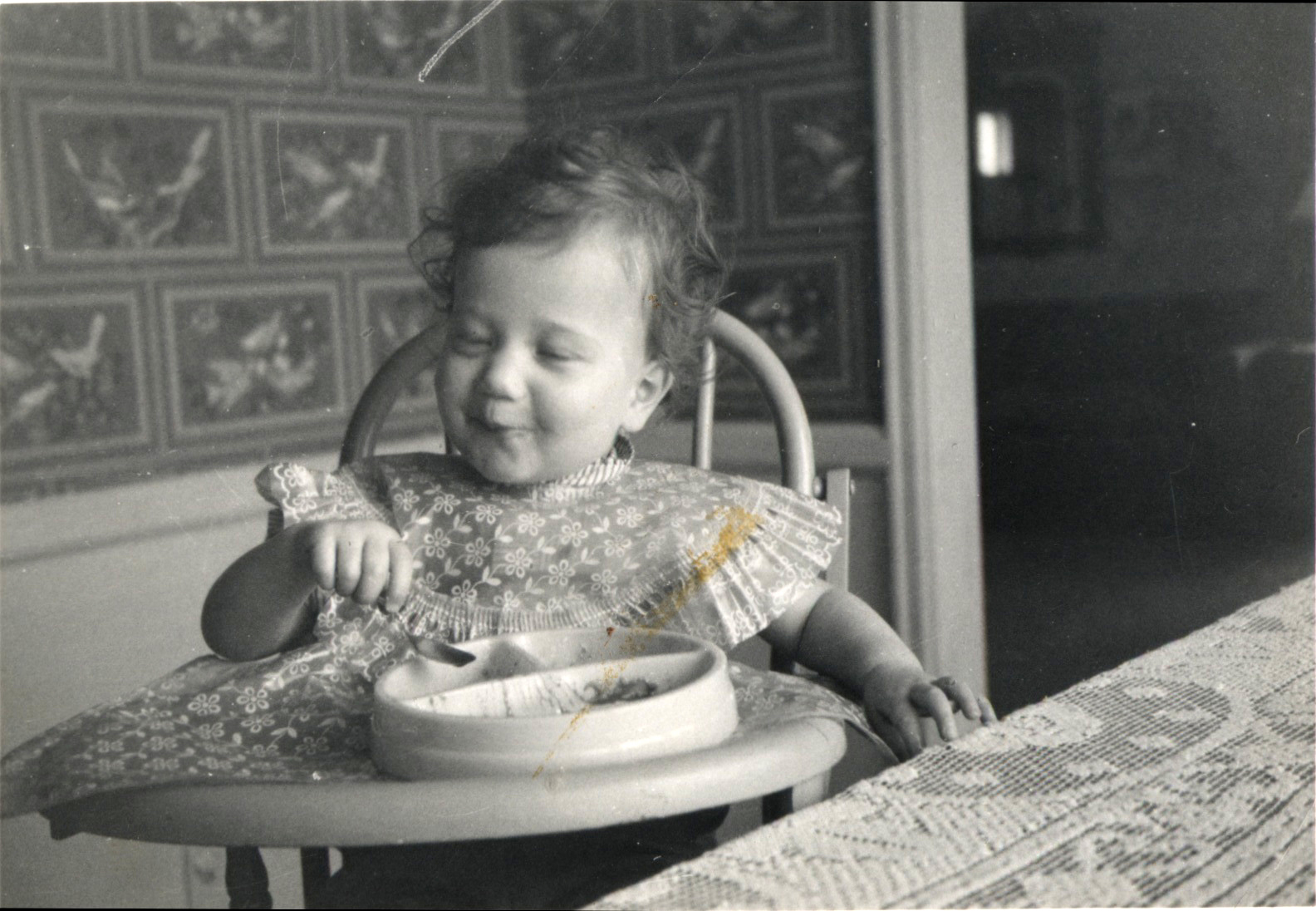Family Photographs Online

It did seem reasonable to me, for a long time, that a website showing family photographs would be a way of stimulating an exchange among family members (the only viewers to whom the images could mean anything at all). So I tried it. It didn’t work, to put it mildly. In roughly two years there were no comments at all on any of the actual photographs! Last summer I pulled the plug on it.
I really might have known better. Despite my enthusiasm for Flusser’s thinking about history and photography and my long admiration for Walter Ong’s Technologizing of the Word, in which he describes the unbridgeable differences between oral and literate cultures, I completely missed the point: Family photographs belong to oral culture. It’s a secondary orality (Ong’s phrase), yes, which is to say writing is still around, effective, relevant. But it’s orality all the same; on-line “dialogue” is just about the opposite–it’s written and more, it’s effectively published. They are very, very different cultures–different at a level so deep that most of us never notice. That’s what “naturalised” means. It’s very lucky that I came across Martha Langford’s book Suspended Conversations: The Afterlife of Memory in Photographic Albums, 2001 (Kingston and Montreal, Canada: McGill-Queens University Press). She named the key conditions of possiblity for making family photographs meaningful, basing her arguments on Ong and McLuhan, and she was very, very convincing!


